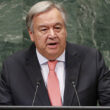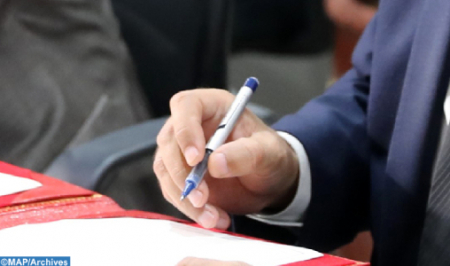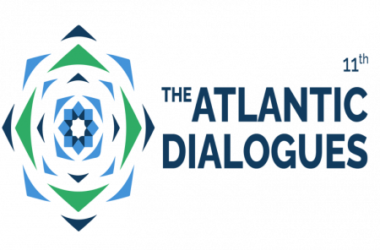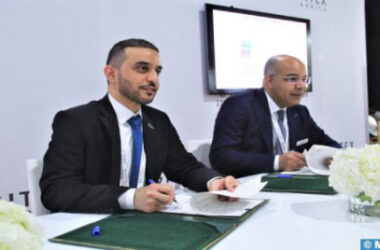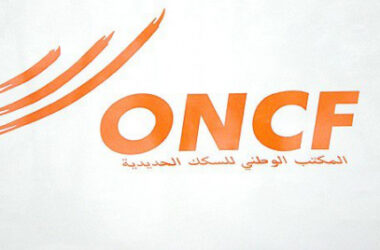These MoUs were signed respectively and successively by Morocco and Nigeria, on the one hand, and by Gambia, Guinea Bissau, Guinea, Sierra Leone and Ghana, on the other.
The first MoU was signed by the Moroccan National Office of Hydrocarbons and Mines (ONHYM) and the National Nigerian Petroleum Company Limited (NNPC) with the Gambia National Petroleum Corporation (GNPC-Gambia).
The second memorandum was signed by ONHYM and the National Nigerian Petroleum Company Limited “NNPC” with PETROGUIN-Guinea Bissau, while the third memorandum was signed by ONHYM and the National Nigerian Petroleum Company Limited “NNPC” with the Société Nationale des Petroleos “SONAP” of the Republic of Guinea.
The fourth Memorandum was signed by ONHYM and the National Nigerian Petroleum Company Limited “NNPC” with Petroleum Directorate of Sierra Leone “PDSL”, while the fifth Memorandum was signed by ONHYM and the National Nigerian Petroleum Company Limited “NNPC” with Ghana National Gas Company “GNGC”.
These MoUs, like those signed with ECOWAS on September 15, 2022 and those signed with Mauritania and Senegal on October 15, 2022, confirm the parties’ commitment to this strategic project which, once completed, will supply gas to all West African countries and will also provide a new export route to Europe, according to a joint statement from the signing parties.
This infrastructure will contribute to the improvement of the living conditions of the populations, the integration of the economies of the sub-region and the mitigation of desertification thanks to a sustainable and reliable gas supply that respects the continent’s commitments to environmental protection, the same source added, noting that the project will also make it possible to give Africa a new economic, political and strategic dimension.
The pipeline will run along the West African coast from Nigeria through Benin, Togo, Ghana, Ivory Coast, Liberia, Sierra Leone, Guinea, Guinea Bissau, The Gambia, Senegal and Mauritania to Morocco. It will be connected to the Maghreb-Europe gas pipeline and the European gas network. The infrastructure will also supply the landlocked states of Niger, Burkina Faso and Mali.




